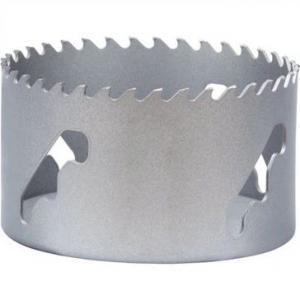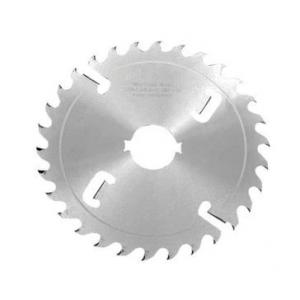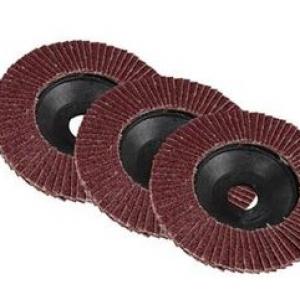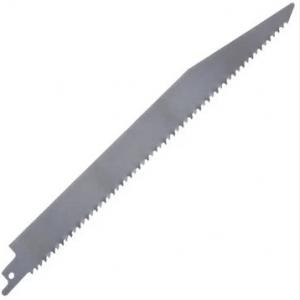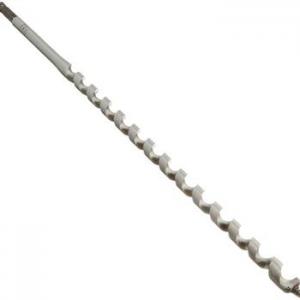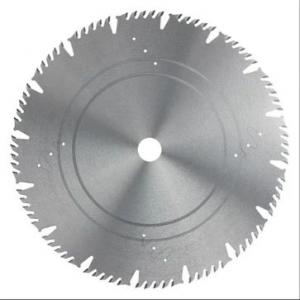14 Step Manufacturing Process for TCT Saw Blades (1)
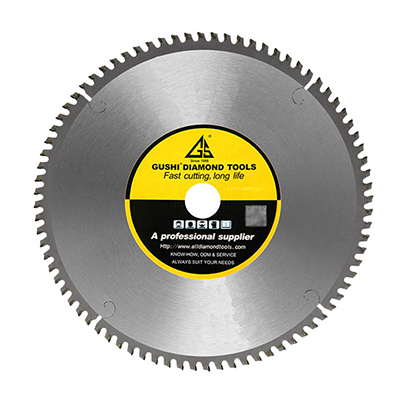
The following professional knowledge requires your patience to read.
(To reduce boredom, you can first take a look at some relevant product pictures to relieve yourself)
The substrate incoming material is the first and important step in the production of TCT saw blades. During this process, the thickness, hardness, outer diameter size, and flatness of the substrate incoming material are controlled to ensure the effective continuation of subsequent processes.
The second step is the rough polishing process of the substrate, and the factory will use polishing equipment to polish and remove oxide skin on the surface of the substrate. After polishing, there should be no scratches or uneven surface irregularities on the substrate surface, which not only improves the accuracy of the saw blade but also facilitates the progress of subsequent processes.
The third step is to ream the hole. The saw blade uses an automatic reaming machine to expand the center hole. This step requires ensuring that the concentricity and aperture size of the center hole are within the standard requirements, and the accuracy requirements are also relatively high.
The fourth step is to use the opening equipment to perform opening processing on the parts that need to be welded with the cutting head. The surface of the opening position should be smooth and free of burrs. In this step, special attention should be paid to the opening angle and the wear of the opening grinding wheel. If the grinding wheel is severely worn, it needs to be replaced with a new one in a timely manner to avoid negative effects on the next welding process and the production of defective products.
That's right, the next step is welding. The factory will use automatic welding equipment to weld the cutting head on each tooth of the saw blade substrate. For this process, during quality inspection, we will observe whether there are missing welds, faulty welds, or weak welds in the welding cutting head area. Once these situations occur, we will consider it as a defective product.
The sixth step is to clean and dry the saw blade. After the above processes, it is inevitable that some dust will adhere to the saw blade. Therefore, the main purpose of entering the cleaning process is to clean the oil stains and dust impurities on the surface of the saw blade. The purpose of drying the substrate surface is to ensure that the saw blade surface is free of impurities and water stains, in order to ensure the perfect progress of the next sandblasting process.
The next step is sandblasting, which uses sandblasting equipment to evenly sandblast the surface of the saw blade substrate. The most important step in this process is the uniformity of sandblasting to avoid unevenness or sand accumulation on the substrate surface.
The eighth step of the process is to use relevant equipment to grind the teeth of the blade on the saw blade substrate. This step needs to ensure that the blade is sharp, and the surface of the blade is smooth and without gaps.
After completing the grinding of the saw blade head, we will clean and dry the saw blade again. Clean the oil stains and dust impurities on the surface of the saw blade, and dry the water stains on its surface.
After completing the above steps, a TCT saw blade has been roughly formed, and there are five more steps to follow. We will discuss and reveal them in the next product news. If you are a professional saw blade worker, you may want to inform everyone in advance through our forum. We look forward to everyone commenting on GUSHI's FORUM!



